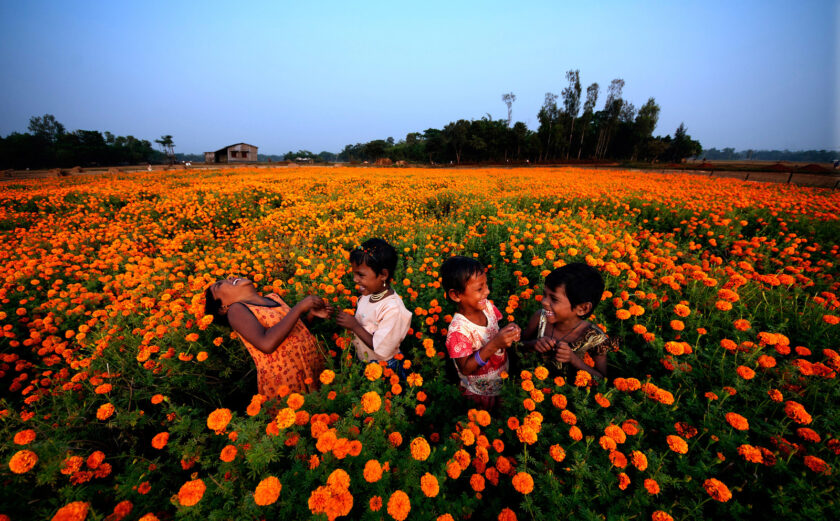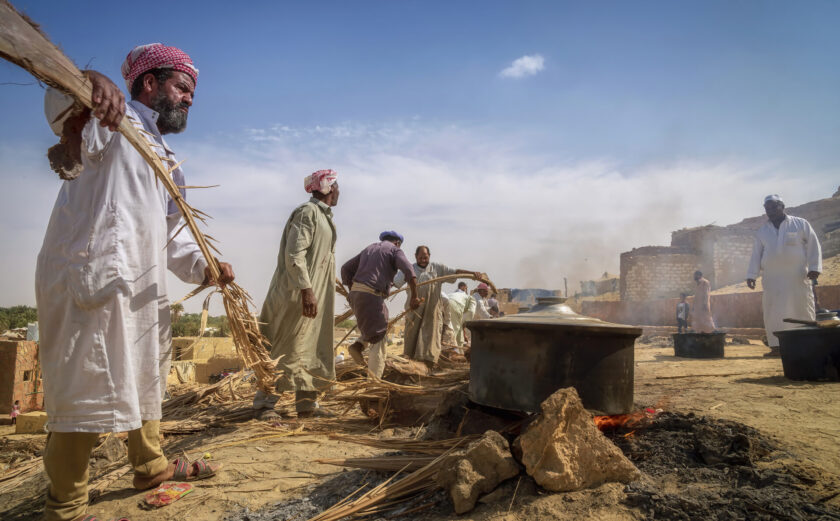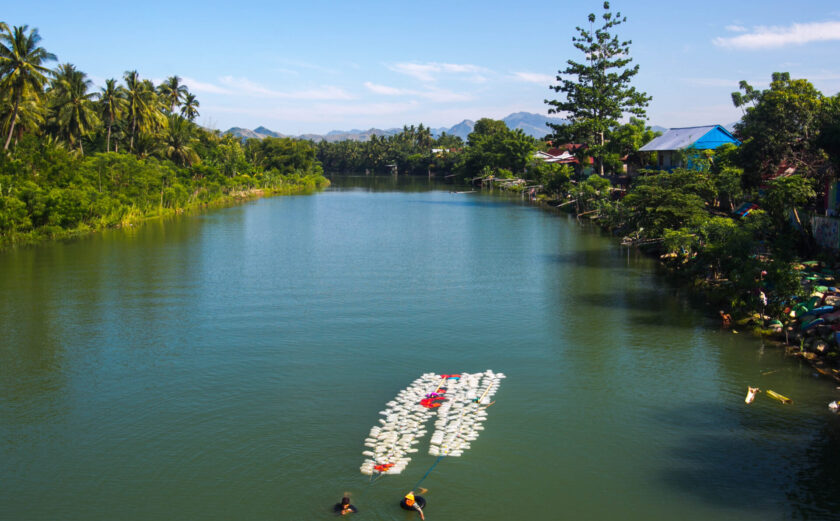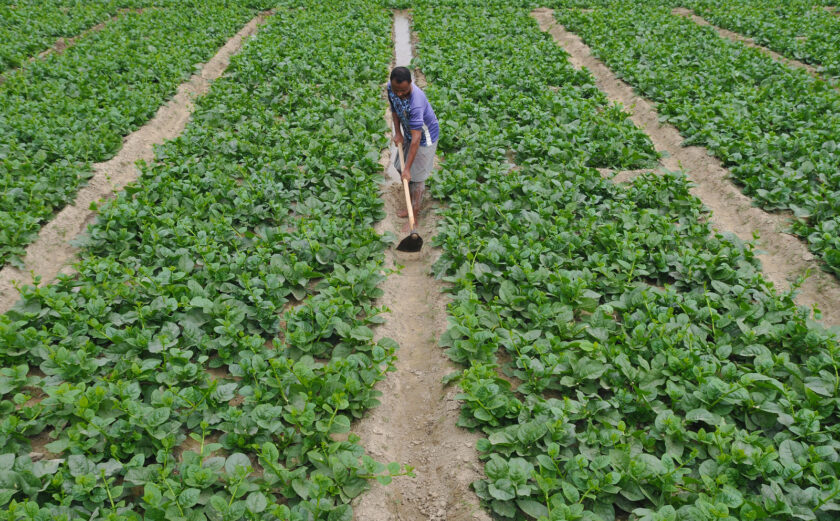The top 6 low-tech innovations that we love
Much of Concern Worldwide's programming involves low-tech innovations to improve the lives of the communities we work with.
We are often told that when thinking of humanitarian work, many people picture someone dressed like Indiana Jones, air dropping food, or something else equally exciting. While airdrops do happen, and some of our staff dress a bit like they’re in Raiders of the Lost Ark, the fact is simple: much of humanitarian work isn’t nearly as thrilling as you imagine it. You might think an innovation is a fancy and high tech gadget, but sometimes, helping a community can involve some pretty low-tech initiatives. Today, we bring you some of our favorites.
RAINWATER CATCHMENT SYSTEMS
Also known as rain harvesting, rainwater catchment systems are painstakingly simple: gutters catch water when it rains and connect to tanks that can hold thousands of gallons of water. Systems like this are important for communities that struggle with finding water or maintaining a consistent supply throughout the year. For many, the issue is not a lack of rain, but rather, that water is lost due to runoff. But rain harvesting changes that, providing water that can be used to water crops, for livestock to drink, and by schools and clinics. And during dry seasons, rainwater can help communities make it through until the rains come again. We’ve brought rainwater harvesting to communities in Haiti, Sierra Leone, Burundi, and more!

EARTHEN BERMS
As we’ve already mentioned, water runoff can be a real problem for communities that sometimes experience dry seasons or drought. For farmers, this runoff can mean that their crops aren’t being watered adequately. Well that’s where earthen berms come in! A berm, quite simply, is a raised barrier. Farmers create these berms out of soil and build them around their fields. Berms also protect the top soil that is often washed away during floods and storms. When the rains come, the berms act as a barrier and prevent all the water and topsoil from being lost. It’s a very simple thing that has made a world of difference. We’ve seen berms help farmers in Afghanistan and also in places like Somaliland where the dry season makes the earth dusty and then easily carried away in times of rain.

SOLAR DRIERS
Solar drying is exactly that — using the power of the sun to dry fruits, veggies, wood, and more! But to make the process a little more effective, we use a little engineering. By building a covered box, you can put items inside to be dried more quickly, and uniformly. The science is pretty easy to understand: as the inside of the box heats up the hot air rises to the top of the box, where there are vents for it to escape. This also allows for moisture and water vapor to escape, properly drying the contents of the solar drying box. Solar drying is important for families to preserve fruits and vegetables to be eaten later, especially during lean seasons when food supplies are low.
TIPPY TAP & VERONICA BUCKETS
A twofer! We’ve talked about tippy taps and Veronica buckets before, but they’re so simple and important, that we had to include them on this list! Both tippy taps and Veronica buckets are hand washing stations. In much of the developing world, diarrheal diseases and other infections are a major cause of illness and death. But thanks to these two innovations, communities can properly wash their hands in an easy and cost-effective way.
TREES
Did you know that trees are a great humanitarian tool? In places like the Sundarbans in Bangladesh, deforestation has had profound effects on communities that rely on the land and surrounding waters to live. Without trees, soil becomes loose and prone to mudslides, and also exposes the land to erosion and increased salinity (which makes it harder for crops to grow). So what’s the best way to combat this? By replanting trees! We encourage communities to cultivate tree nurseries like the one so that the trees can protect the land and the areas surrounding it. Trees have made huge differences to communities in Ethiopia, and Afghanistan.

SACK GARDENS
Limited space doesn’t mean that a family can’t grow plants and vegetables it needs to maintain a diversified and nutritious diet. In areas where there isn’t enough healthy soil to grow crops, not a lot of water, or very little room to create large kitchen gardens, a sack garden is a great alternative. By planting vegetables in a sack (with holes for air and drainage), a family can grow the food it needs for a diversified diet with less soil and water. Sack gardens are being used in South Sudan and will be implemented Bangladesh. With 800,000 Rohingya crammed in the Cox’s Bazar area, available land is in short supply. Sack gardens will help families eat, without taking up much space.

This blog post was originally published at www.concernusa.org








